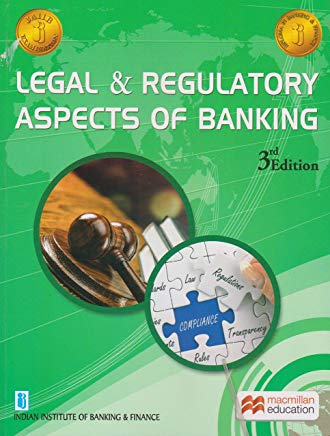JAIIB LRAB Unit 19 - Introduction to SARFAESI Act, 2002 (Year: 2019)
1. Banks and Financial institutions lend money by obtaining security, except for the category of clean loans. The security obtained is to act as a protection for the money advanced and in the case of need, the money can be realised by the sale of securities.
2. The lender's rights over the securities, both moveable and immoveable, for realisation of the amount advanced, were limited and less effective since they were required to take help of the legal system which was taking unduly long time to complete prior to the passing of the SARFAESI Act, 2002. This Act introduced major changes in the legal framework for the recovery of dues by laying hands on the securities.
3. The Act is a major step in financial sector reforms. It has brought a legal framework for the
following important activities in the credit market:
(a) Securitisation of financial assets.
(b) Reconstruction of financial assets.
(c) Recognition of any 'interest' created in the security for due repayment of a loan as a 'security interest', irrespective of its form and nature but when it is not in the possession of the creditor.
(d) Power to enforce such a security for the realisation of money due to banks and the financial institutes in the event of a default, without the intervention of the Courts.
(e) Enabling provisions for the setting up a central registry for the purpose of registration of transactions of securitisation, reconstruction and the creation of the security interest.
4. The Act extends to whole of India including the State of Jammu & Kashmir. It is effective from 21 June, 2002. The Act is applicable also to housing finance companies whose names are notified by the Central Government for such applicability.
5. The provisions of the Act, relating to enforcement of the security interest, applies to cases in which the security interests are created for due repayment of financial assistance. The Act has presupposed a simple thing, that there is an obligation on the part of the borrowers to repay loans and if they are unable to repay, then the securities for the loans are liable to be sold for the recovery of loans. The Act has retrospective application, i.e., it applies for loans and securities created prior to the Act coming into operation of the Act.
JAIIB Study Material
| JAIIB Paper 1 Study Material |
| JAIIB Paper 2 Study Material |
| JAIIB Paper 3 Study Material |


